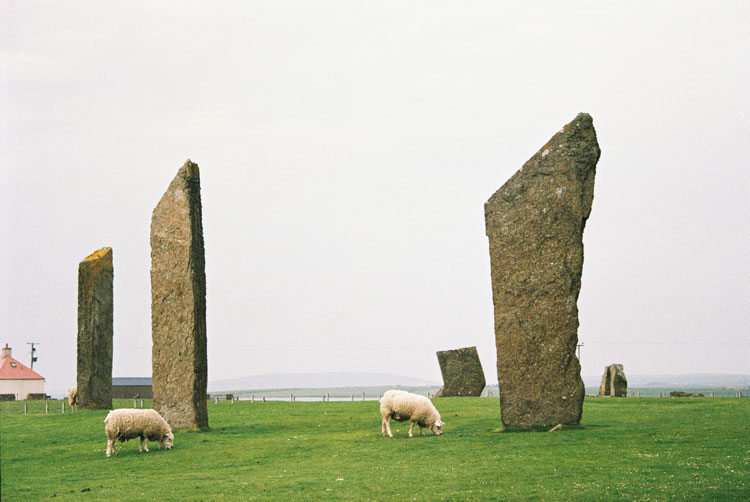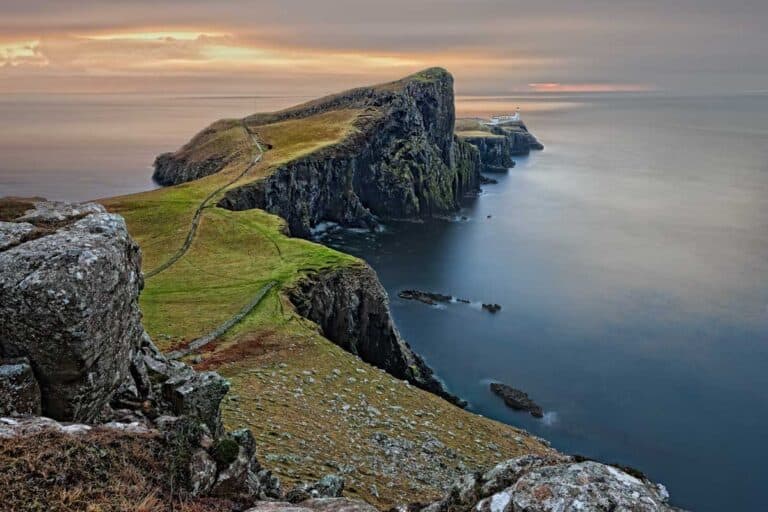
From magnificent scenery and rugged mountain peaks to grand castles and incredible festivals, Scotland has no shortage of jaw-dropping views and experiences. Full of historical sites, as well as cultural experiences, Scotland offers a variety of attractions for everyone.
If you are not sure where to start, check out our list of top things to do and see in Scotland.
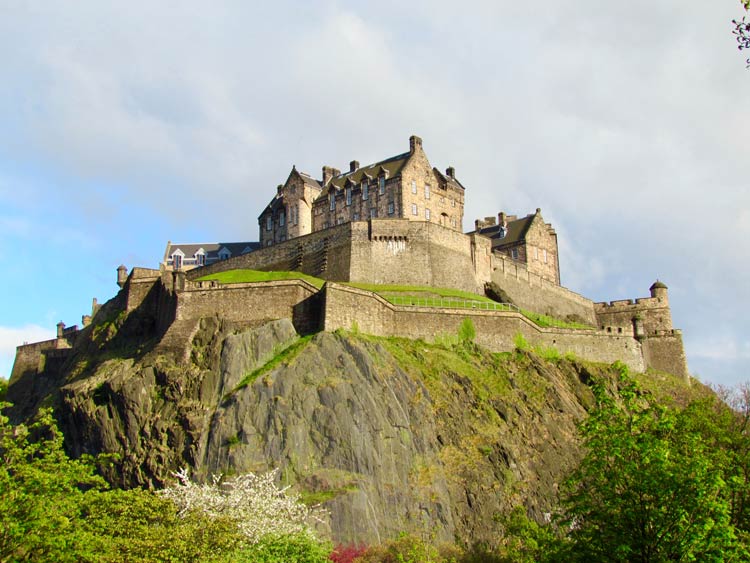
1. Visit Edinburgh Castle
Edinburgh Castle has dominated the city’s skyline for centuries. It sits upon the Castle Rock, a volcanic plug in the middle of Edinburgh, rearing up to 80 meters (262 feet) from the surrounding landscape. Some of the buildings date from the 12th century, from the reign of King David I. One of them is the chapel dedicated to his mother, Queen Margaret, and it’s the oldest building in Edinburgh.
Besides magnificent views of the city from Edinburgh Castle, you can see the Crown Jewels, the Stone of Destiny – the coronation seat of ancient kings – as well as the One O’ Clock Gun, a military tradition fired every day at that hour. The world’s most famous medieval gun, Mons Meg, one of the largest caliber cannons ever built, is also housed at the castle. No wonder it’s one of the top tourist attractions in Scotland.
2. Walk the Royal Mile
The Royal Mile slopes down from the Edinburgh Castle to the Palace of Holyroodhouse and connects two significant locations in Scotland’s royal history. It’s a succession of streets and the heart of Edinburgh’s Old Town. The Palace of Holyroodhouse, resting in the shadows of Arthur’s Seat, is the official residence of the Queen when she is in Scotland. In addition, the Holyroodhouse also holds the chambers where Mary Queen of Scots lived from 1561-67.
The Royal Mile today is filled with expensive shops, cafes and restaurants. And, while you’re there, you can also visit the National Museum of Scotland, the Scottish Parliament and the St. Gilles Cathedral.
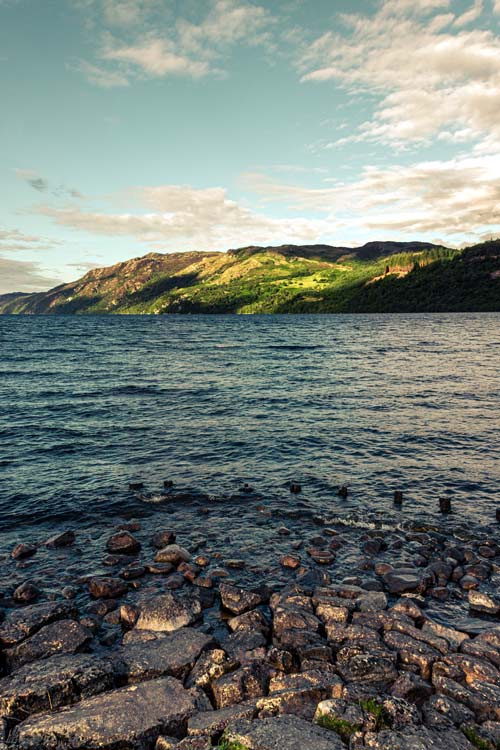
3. Cruise Loch Ness While Visiting Scotland
Take a cruise on Loch Ness, the largest body of water in the U.K., is located in the Scottish Highlands. This deep lake extends for approximately 37 kilometers (23 miles), from the south of Inverness to the town of Fort Augustus. It is a part of a waterway connecting the east and west coasts of Scotland.
In addition to the beauty of the lake, there are also ruins of Urquhart Castle on the hillside above the water. The castle itself, along with the Loch Ness, is the center of many ancient myths. Some consider Loch Ness to be the home of the Loch Ness Monster or Nessie, a mythical creature living deep in the Loch Ness waters. Day trips to Glencoe and the Highlands are not far from Loch Ness and also worth exploring.
4. Play a Round of Golf at Loch Lomond
No visit to Scotland is complete without playing a round of golf. In addition to professional courses like The Royal and Ancient Golf Club of St. Andrews, there are also many public courses available for free.
One of them is in Edinburgh’s main public park, the Meadows. However, if you are not a player, you can visit the British Golf Museum in St. Andrews and learn about the history of the game.
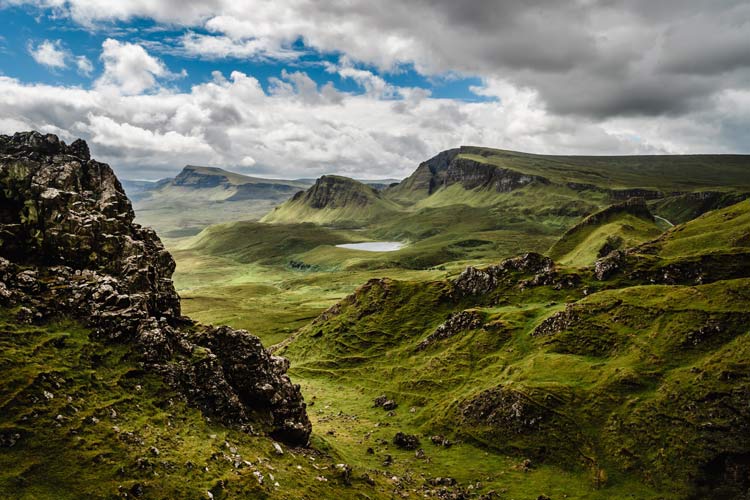
5. Discover Inner Hebrides and the Isle of Skye
Although it’s just 80 kilometers (about 50 miles) long and 24 kilometers (15 miles) wide, Skye is the largest of Scotland’s inner islands. It’s popular among nature lovers because of its lush greenery, wild mountain scenery and dramatic coastline with sandy beaches.
The island also features caves, remains of ancient oak forests and magical waterfalls, as well as a variety of wildlife species. It is the perfect place to unwind and refresh your soul in the Scottish countryside.
6. Follow the Malt Whisky Trail of Distilleries
Scotland’s Malt Whisky Trail, set in the heart of Speyside, is the only trail of its kind in the world. It covers eight distilleries and the Speyside Cooperage. In addition, more than half of Scotland’s malt whisky distilleries are in Speyside, but only some are open to the public.
The Malt Whisky Trail is the perfect place to learn more about this Scottish craft while meandering down the picturesque roads at the foot of the Grampian Mountains.
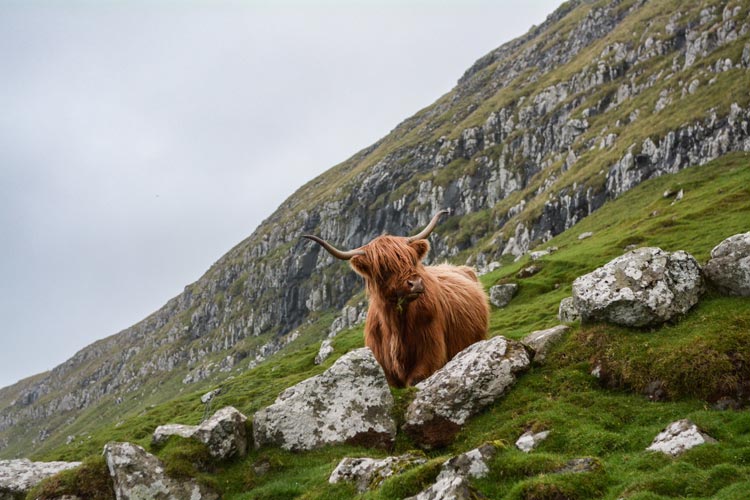
7. Hike Scotland’s Fife Coastal Path
The Fife Coastal Path is a Scottish footpath that runs along the coastline of Fife. It’s more than 180 kilometers (111 miles) long and consists of different path sections. Hiking the Elie Chain Walk is, however, an optional section because it has chains fixed to the cliffs, and includes short vertical climbs at times.
But, if you are feeling adventurous, have the agility and a head for heights, try it out. Hanging onto a chain on a cliff face can be an exciting experience.
8. Travel in the Shetland Islands
The Shetland Islands, located about 170 kilometers (105 miles) north of mainland Scotland, is a rugged archipelago that consists of more than 100 islands. About 15 of them are inhabited. The Shetland Islands feature some of the most fascinating landscapes and breathtaking coastline, as well as the Viking heritage of Scotland. You can witness a fire festival and sometimes see the Northern Lights or aurora borealis during the winter.
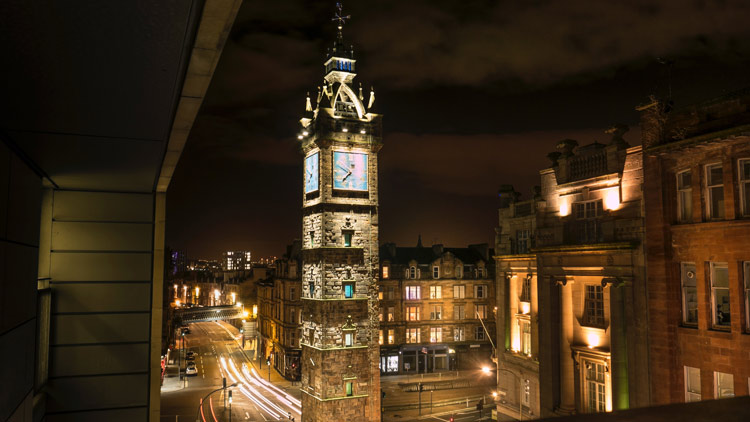
9. Glasgow
Glasgow, the largest city in Scotland, with its striking architecture, fascinating museums, country park and vibrant clubbing scene, is probably one of the most exciting cities you’ll ever visit. Kelvingrove Art Gallery and Museum, Glasgow Cathedral and Science Centre are some of the most popular attractions.
Also located in Glasgow is the Riverside Museum, which is definitely worth a visit. It has an extensive collection of vehicles on display, including locomotives, ambulances and horse-drawn taxis. This waterside museum also offers images and films that tell the stories behind the displayed objects and Scotland’s history.
10. Explore Skara Brae
Skara Brae, a Neolithic village, is older than the Great Pyramids in Egypt and Stonehenge in England. This settlement, also called the “Scottish Pompeii,” is located on the island of Orkney, beside the Bay of Skaill. It is estimated that it was built more than 5,000 years ago.
Scotland’s Skara Brae wasn’t discovered until 1850 when a storm disturbed a sand dune. It’s among the best-preserved Neolithic villages in Europe. Its age is not the only thing that makes this settlement so remarkable. It is also the degree to which it has been preserved. Visitors can see not just ancient homes, but the furniture as well, including stone beds, dressers and seats.
